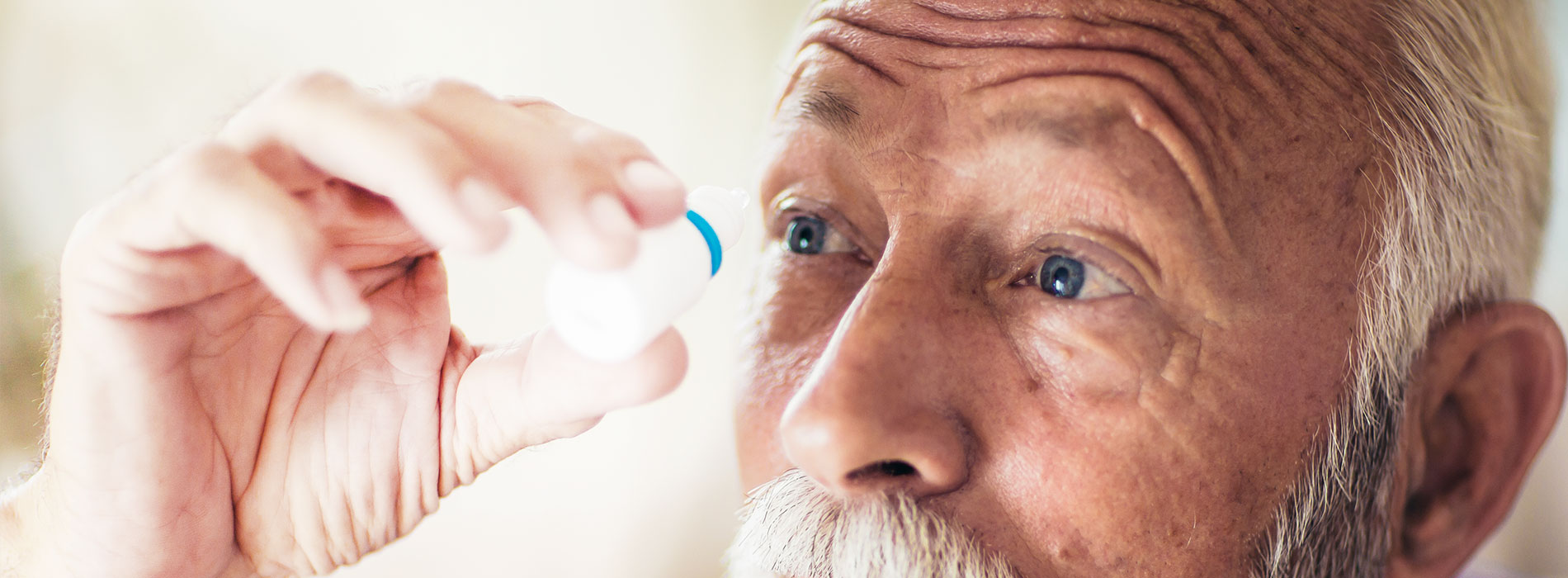
Our Office
Visit Us Online

Glaucoma is a condition in which eye pressure becomes so high that it damages the optic nerve. The reason that eye pressure is high in many glaucoma patients is that the drainage system in the eye is not working properly. The fluid in the eye, called aqueous humor, does not flow out of the eye as quickly as it should. The drainage system lies in a part of the eye called the angle, which is between the outer layer and the iris of the eye. This angle can be open or closed.
There are many treatments for glaucoma with medicated drops being the most common. If the drops do not lower the pressure enough, your doctor will discuss the other options to manage the glaucoma appropriately.
There are several specialized testing that we use to detect and follow patients who have glaucoma or are "glaucoma suspects." These tests include:

Layton Location
Ogden Location
Layton Location
Clinic Hours:Ogden Location
Mon - Fri: 9:00 am - 5:00 pm